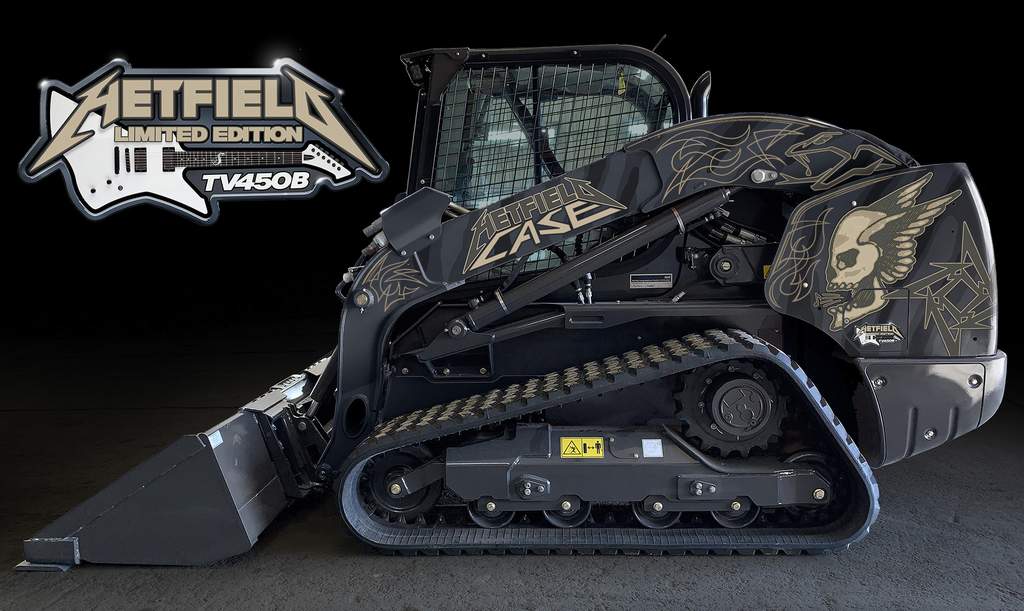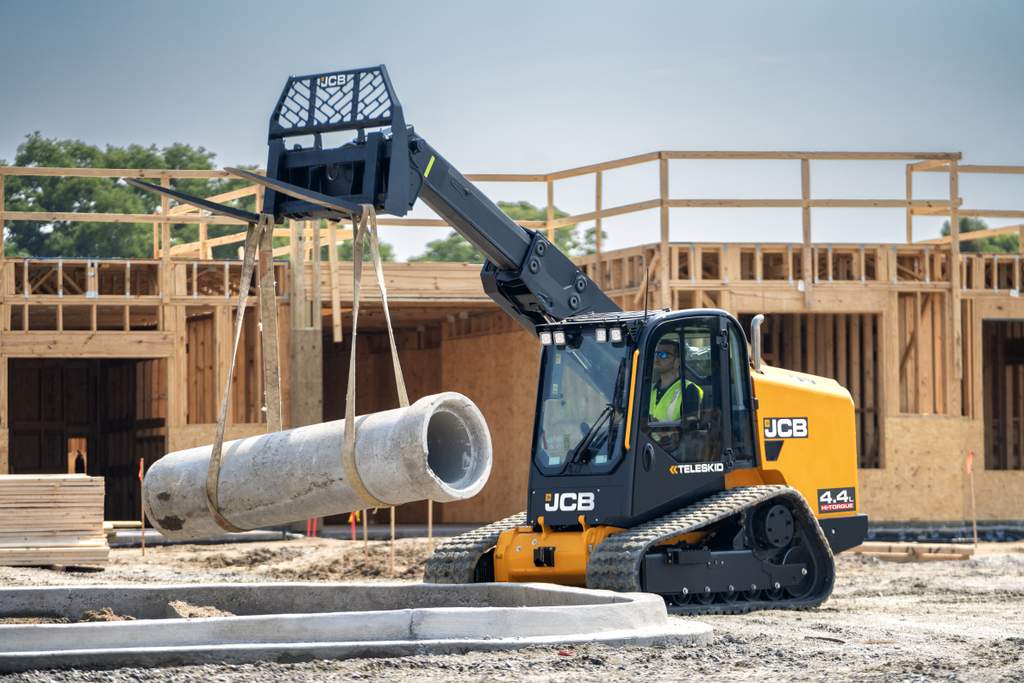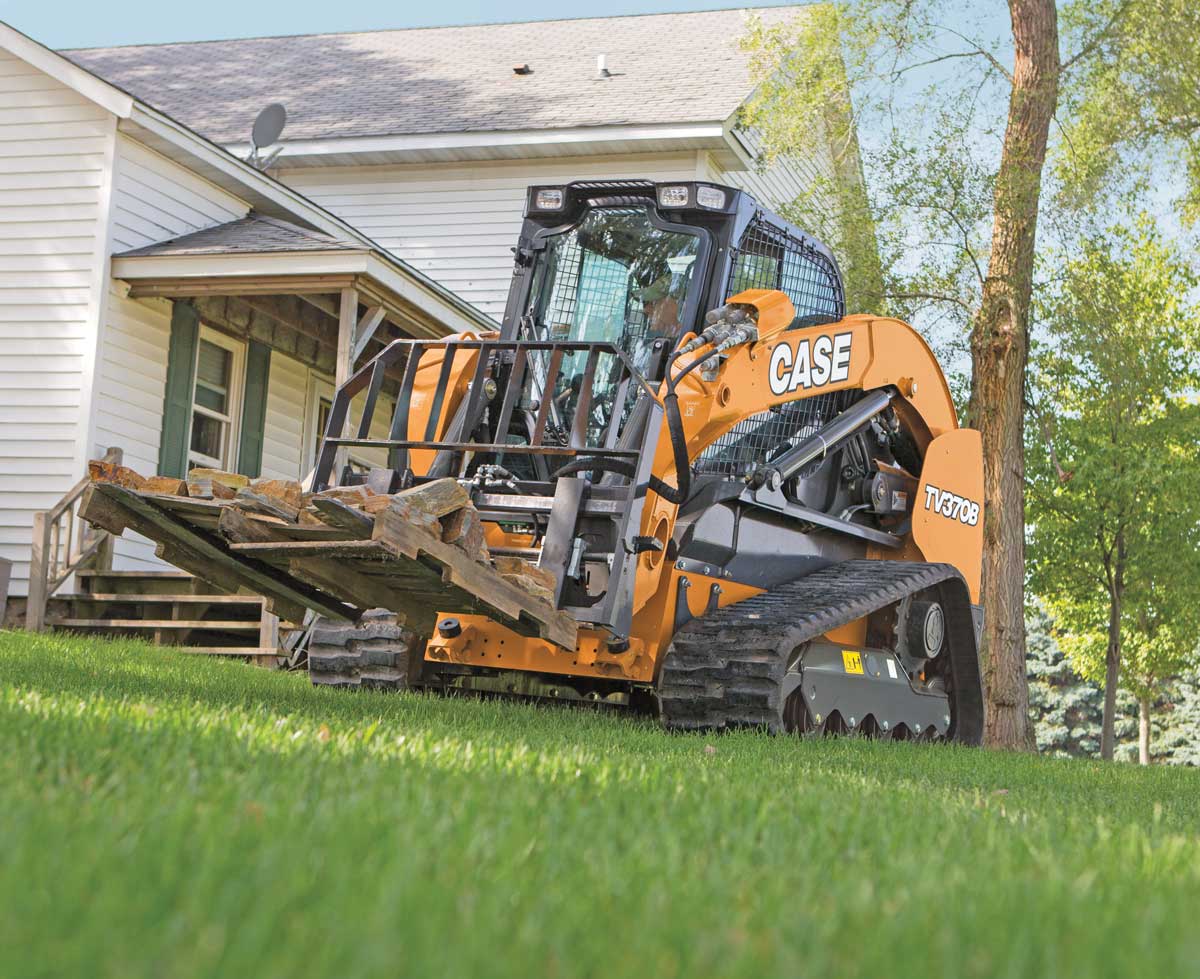Mustang Track Loaders — 2015 Spec Guide
Three Radial-Lift Loaders with the Automatic Tensioning System
Mustang began in the 19th century as the Owatonna Mfg. Co. Starting as an agricultural implement manufacturer, Mustang has since grown into a 21st century compact equipment leader. Mustang built its first skid steer in 1965. Entering the track loader market in 2001, Mustang has a lot of experience in the dedicated track loader industry. Mustang track loaders are manufactured in Yankton, S.D.
Mustang offers three track loader models to meet the needs of today’s compact equipment users with the all-new 1750RT NXT2, 2100RT NXT2 and 2500RT. Engines rated at 69.9, 72 and 74.3 gross hp, respectively, are at the core of these Mustang track loaders. These engines, in concert with standard anti-stall technology and planetary final drive, contribute to tractive effort and fuel efficiency, says Mustang.
Models feature radial-lift loader arm geometry, offering power in ground-engaging applications and additional reach at trailer loading height. A low-profile boom design enhances visibility, while providing a lift height of more than 127 in. Auxiliary hydraulic flow is standard (high flow optional), with connect-under-pressure couplers. A standard universal mechanical quick-attach plate contributes to versatility, while an optional hydraulic quick-attach facilitates change-over. Drive Sensitivity Adjustment is standard equipment, allowing operators to customize machine response to joystick movements.
Mustang track loaders feature a dedicated welded undercarriage designed to withstand the most arduous of applications. The undercarriage design assists in superior weight distribution, which enhances stability, grading, tractive effort and ride control. The newest generation of radial-lift track loaders offer many industry-leading features, including the patented IdealTrax automatic track-tensioning system. This system eliminates manual track tensioning and increases the life of the tracks, sprockets and bearings, due to the relief of track tension when the engine is shut-off. This system saves the suggested 10 to 15-minute track tension checks that are recommended every 50 hours and the 30- to 45-minute tension readjustments required approximately every 300 to 400 hours depending on usage.
Operators will appreciate the spacious, ergonomic operator environment, says Mustang. Industry-leading safety is provided by a standard Level 2 ROPS structure. A cab-forward design offers visibility to the bucket. Seat-mounted joystick controls move with the contoured, fully adjustable standard mechanical suspension seat. A standard customizable color display monitors machine performance and allows operators to customize machine functionality. An exclusive tilt-out foot pod is easily cleaned when needed. An optional sealed and pressurized cabin is available, with heat and/or air conditioning. Electro-hydraulic controls are standard, facilitating ease of operation.
The 1750RT NXT2, 2100RT NXT2 and 2500RT are packed with standard features, including hydraulic self-leveling, two-speed drive motors, maintenance-free rollers, the IdealTrax Automatic Track Tensioning System and much more.
Advice to Buyers
“Even though there are a multitude of brands and options when it comes to making a track loader purchase, you will soon find that the major components are basically the same,” says Brian Rabe, track loader product manager with Mustang. “The key is to first determine what you plan to do with the machine. What tasks do you need to accomplish? What terrain and space do you work in most often? What attachments do you already own and what ones do you still need? Be sure to also consider the future needs of the machine. Once these needs are established, it will be simple to narrow down your options in the market.”






Comments are closed here.